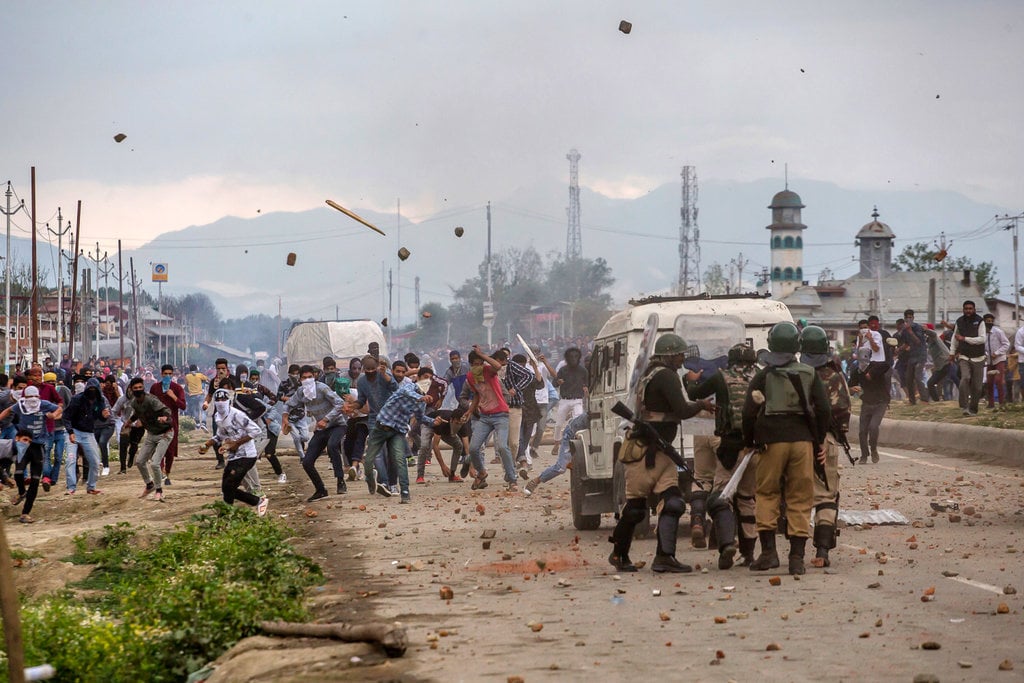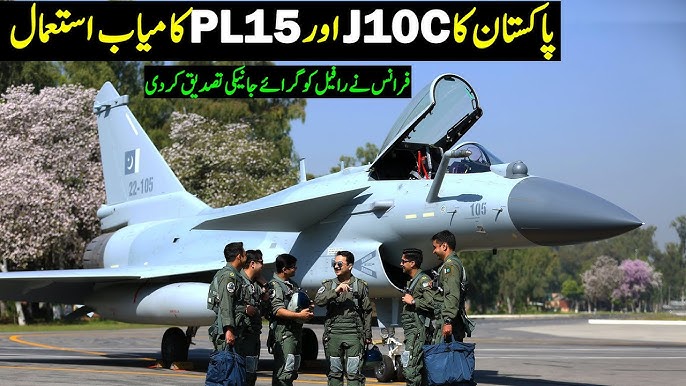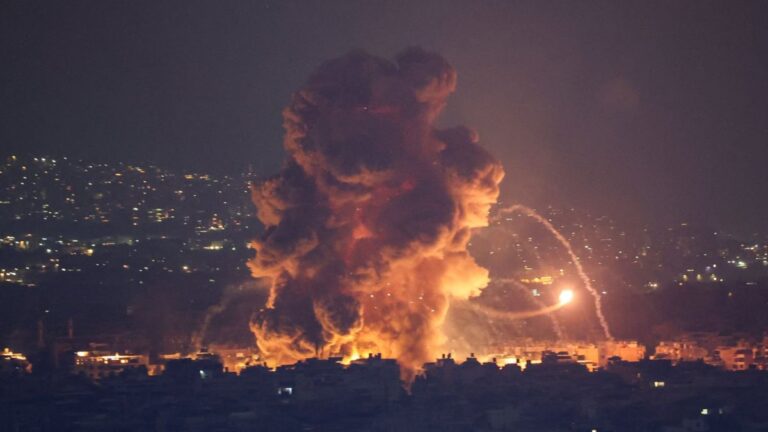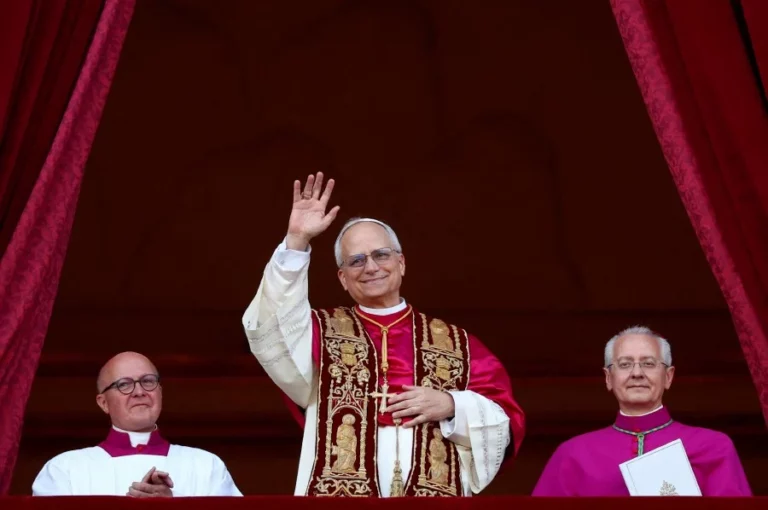Tensions Erupt Between India and Pakistan: Airstrikes, Civilian Casualties, and the Fragile Edge of War
Tensions between India and Pakistan have dangerously escalated. The two nuclear-armed neighbors now stand on the brink of open conflict. Over the last 48 hours, Indian airstrikes reportedly hit nine locations across Pakistan and Pakistan-administered Kashmir. These strikes have triggered widespread alarm and global concern.
Aerial Strikes and the Toll on Civilians
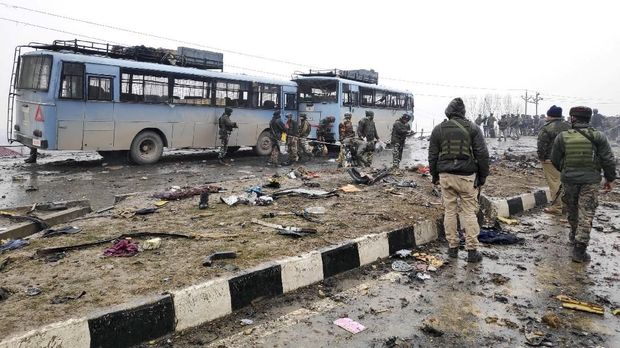
Initial reports indicate that at least three civilians were killed. Twelve others sustained injuries, including women and children. The bombings have sparked public outrage in Pakistan and ignited a war of words between the two governments.
India’s military issued a brief statement on X (formerly Twitter). It read: “Justice has been served. Jai Hind!” The message was widely seen as retaliation for a recent deadly attack in Kashmir.
On the Ground: Grief and Ruin
Images from the bombed areas tell a tragic story. Homes lie in ruins. Parents cradle injured children in overcrowded clinics. Families mourn in silence. The emotional weight is immense.
Pakistan’s Defense Minister Khawaja Asif condemned the strikes in a press briefing. He accused India of targeting civilians and violating international norms. “These attacks were illegal and inhumane,” he said. “They will not go unanswered.”
A Nation’s Response
Prime Minister Shehbaz Sharif responded shortly after. In a televised address, he labeled the strikes an act of cowardice. He promised that Pakistan would respond proportionately.
“We are a peaceful nation, but we are not weak,” Sharif said. “We will protect our people and our sovereignty. India’s aggression will not intimidate us.”
He called for unity and resilience among Pakistan’s citizens.
The Kashmir Trigger
The escalation follows a massacre in Pahalgam, a tourist town in Jammu and Kashmir. On April 22, gunmen killed 26 civilians in broad daylight. The region, popular with travelers, was left shaken by the violence.
India quickly blamed Pakistan-based militant groups. Officials pointed to Lashkar-e-Taiba, a banned organization long accused of cross-border terrorism. No group has claimed responsibility.
Modi’s Military Move
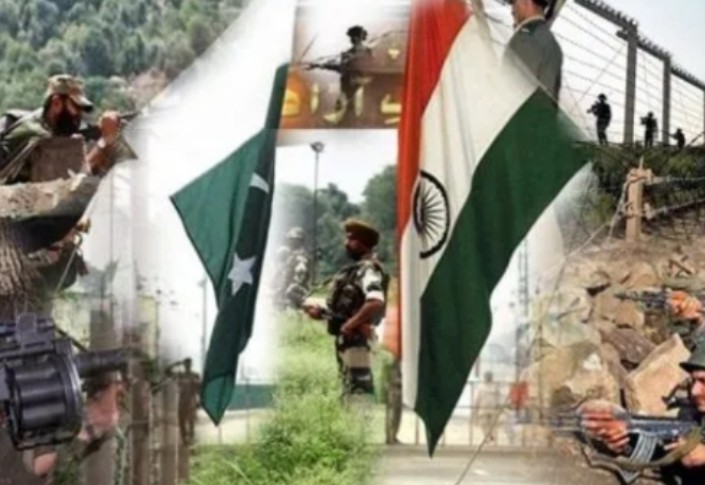
Indian Prime Minister Narendra Modi responded swiftly. He held an emergency meeting with military and intelligence leaders. Sources say he granted the military full operational freedom to respond to the Kashmir killings.
Though Modi remained silent publicly, his actions spoke volumes. Indian news outlets described the airstrikes as a calibrated warning. The aim, they said, was to show resolve without provoking a full-blown war.
A Volatile History
India and Pakistan have fought three wars since 1947. Two of those conflicts were over Kashmir. Though ceasefires have been signed, trust remains elusive.
Border skirmishes and proxy violence continue. Both sides accuse each other of supporting insurgents and violating the Line of Control. The nuclear capabilities of both countries make the situation even more dangerous.
Global Reactions
The international community has expressed deep concern. UN Secretary-General António Guterres urged both nations to show restraint. “Avoid further steps that could spark wider conflict,” he warned.
China encouraged dialogue and de-escalation. The U.S. called for calm and stressed the importance of diplomacy. The European Union condemned the loss of civilian lives and urged immediate dialogue.
Divided Media Narratives
Media in both countries are fueling opposing narratives. Indian outlets frame the strikes as justified responses to terrorism. Pakistani media focus on civilian casualties and legal concerns.
Social media platforms are awash with emotion. Supporters on both sides share personal stories, videos, and slogans. Amid this wave of content, misinformation spreads quickly. Fact-checkers have issued warnings to help users verify what they see.
The Nuclear Risk
The most frightening aspect of this crisis is the nuclear shadow. Both countries possess warheads and delivery systems. Even a minor miscalculation could trigger devastating consequences.
Analysts have long called Kashmir one of the world’s most dangerous flashpoints. A false alarm or technical glitch could lead to disaster. The stakes are too high for either side to ignore.
A Slim Hope for Peace
Despite rising tensions, hope for peace remains. In the past, crises have been defused through backchannel talks and third-party mediation. Whether such efforts are underway now is unknown.
The next few days will be critical. The world watches closely, hoping leaders choose diplomacy over destruction.
As darkness falls over Islamabad and New Delhi, ordinary people wait. Their hopes are simple. They want silence instead of sirens. Calm instead of conflict. Peace, not war.

